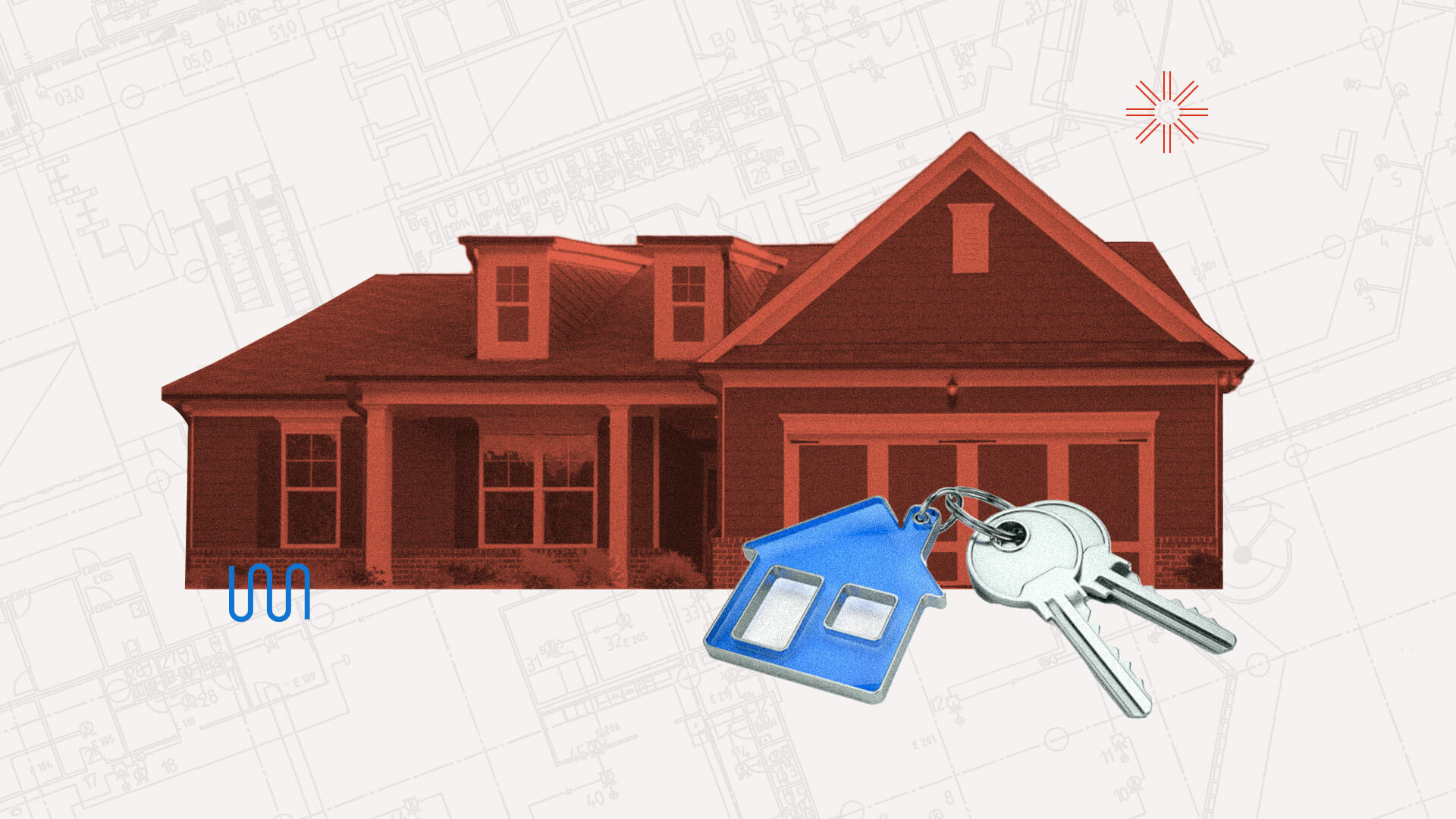
Will a slowdown in the mortgage market result in lenders cutting back on technology investments?
Not necessarily, says Jim Voth, managing director at mortgage advisory firm Falcon Capital Advisors, in a recent interview with MortgageOrb.
Q: Historically, when the mortgage industry goes into a down cycle, investments in technology often get placed "on hold". Do you think this will be the case this time around? Or will the drive towards digital transformation keep going at the same pace this year?
Voth: That's certainly the conventional wisdom, but this cycle might be different. For one thing, there is a lot of momentum behind digital lending, and the value proposition is compelling. Digital lending and e-closings, for example, can drive operational efficiency and help offset some of the margin pressure that mortgage companies are facing.
The creation of e-notes accelerates delivery to the secondary market, which is why there are more and more investors accepting eNotes, including aggregators like Wells and PennyMac. Fannie Mae and Freddie Mac also have auto-certification that reduces document certification time to almost nothing and speeds up funding.
There is also the issue of competitive parity: The nation's largest lenders are all-in on digital lending and enhancing the borrower's experience at closings. The next tier of lenders has to go digital to stay in the game.
Going digital isn't the heavy lift it was a few years ago. The closing technology has been proven and is integrated into the major lending platforms and in industry utilities, like the MERS e-registry.The settlement service community, for the most part, is also up to speed on hybrid and even full e-closings. So, a lot of the friction has been removed.
To flip the script, you could argue that the slowdown in refinancing might accelerate the digital transformation. That's because lenders will have the bandwidth to undertake and finish these projects. One bottleneck that slowed progress last year, for example, was the switchover to the new URLA form, which pushed lots of projects further down the queue in IT departments. And that's behind us now.
Q: What are some of the operational benefits that lenders (and other players) could quickly realize by taking on either discrete or end-to-end digital engagements?
Voth: Obviously the more digital you are, the more value that you'll realize. But not every lender needs to be fully digital day one. There is incremental value in each step in the transformation process. Hybrid closings, for example, are more efficient in most cases than traditional closings, and enhance the customer experience. They are often a good interim step prior to full e-closings.
E-notes, as we've mentioned, are now being accepted by the GSEs and Ginnie Mae, as well as private investors. The numbers are still relatively small as a percentage of all mortgages, but they are growing rapidly. The industry is coming to realize how much faster you can move and sell these e-assets. For example, if you can move an e-note off a warehouse line in days, rather than weeks, that significantly reduces short-term borrowing costs.
So, to recap, end-to-end solutions are absolutely achievable and can produce real bottom-line results, but they can often be accomplished in stages.
Q: Everyone has always agreed that in principle digital lending is the future. But hard numbers on ROI have always been hard to find. Is this changing?
Voth: Getting solid return on investment (ROI) numbers has been a challenge. Recently, however, two new ROI studies have been released. The first study, commissioned by Notarize, found that a full e-closing saves lenders approximately $444 per loan, and settlement agents up to nearly $100 per loan. This was based on an analysis of time savings, fewer defects and the direct printing and mailing costs.
The average time savings on a hybrid closing was 99 minutes; 157 minutes for an e-closing. Almost 90% of the respondents said that they could close more loans with the same or fewer staff members.
Similarly, ICE Technology released an ROI survey that showed its hybrid e-closing solution is saving 70 minutes per loan and reducing overall cycle time by 2-3 days. Together these two savings add up to a savings of $134 per loan. A fully digital closing, the study suggests, could save up to $500 per loan.
We'd argue that the ROIs might even be higher, since the surveys didn't really go into some of the downstream secondary marketing advantages like fewer days on warehouse lines using eNotes.
Q: Are there bottom-line advantages in using a consultant in a transformation versus doing it all in house or using turnkey vendors?
Voth: This is our business, so it is a little hard not to be biased. What we've seen in the market though is that successful implementation of a complete e-mortgage program is determined by much more than just buying the right technology. There are impacts across your people, processes, technology and policies and procedures that are critical to get right, both from an internal operations and external adoption perspective. A firm like ours, for example, can help clients assess their digital readiness and then develop a roadmap for their journey, including the identification of the operational changes that will be required.
The advantages to working with an advisor are even more pronounced for complex engagements: for example, multi-channel digital lending or end-to-end integrations to achieve straight through processing.
A good consultant will have e-mortgage business transformation expertise, experience working with the leading eMortgage technology companies and be an agnostic party in the vendor selection process.
Our team has worked on the client side of the mortgage industry at large banks, vendors, investors and industry standard-setting organizations so, in addition to knowing the strengths and limitations of vendors and solutions, we have a deep understanding of the business and compliance requirements necessary for implementation.
This article was written by Michael Bates from Mortgage Orb and was legally licensed through the Industry Dive Content Marketplace. Please direct all licensing questions to legal@industrydive.com.


